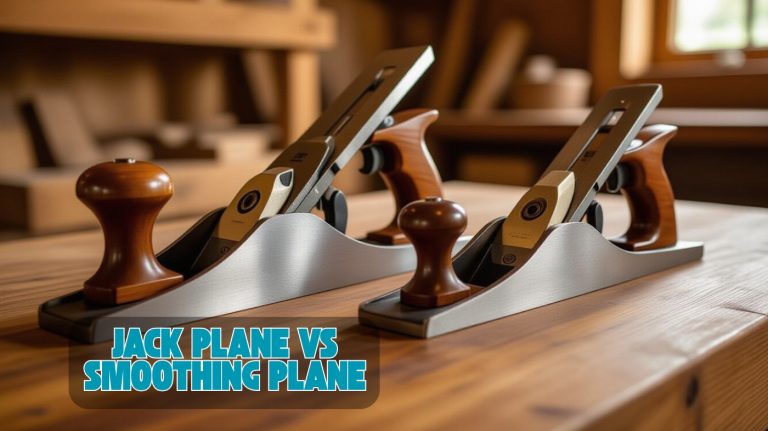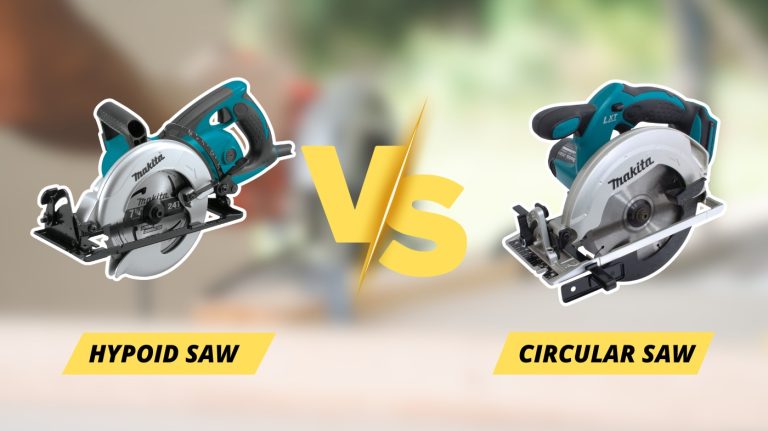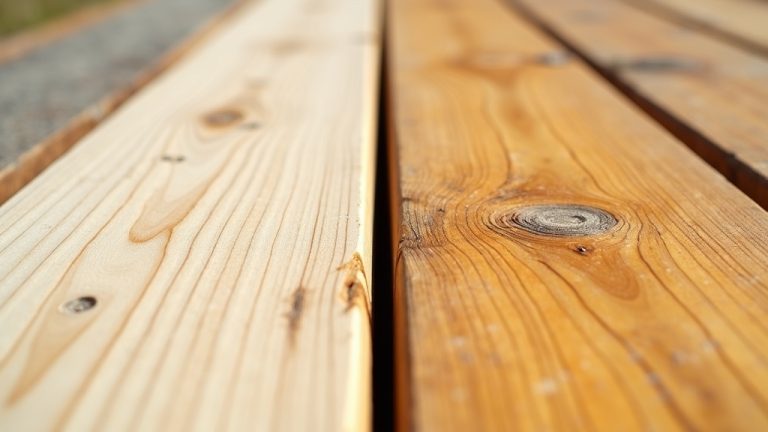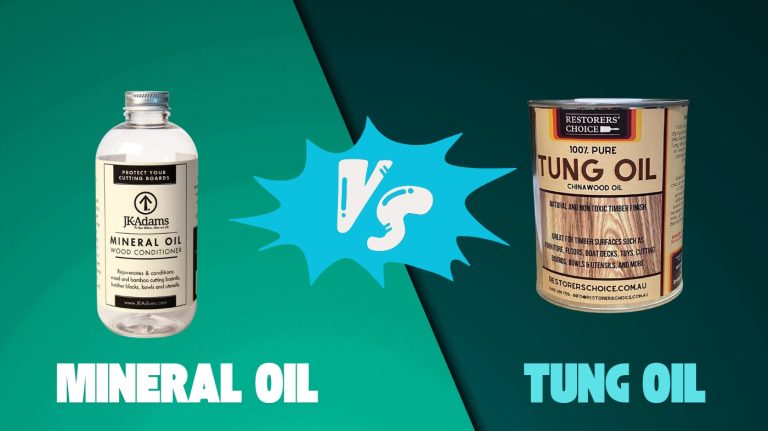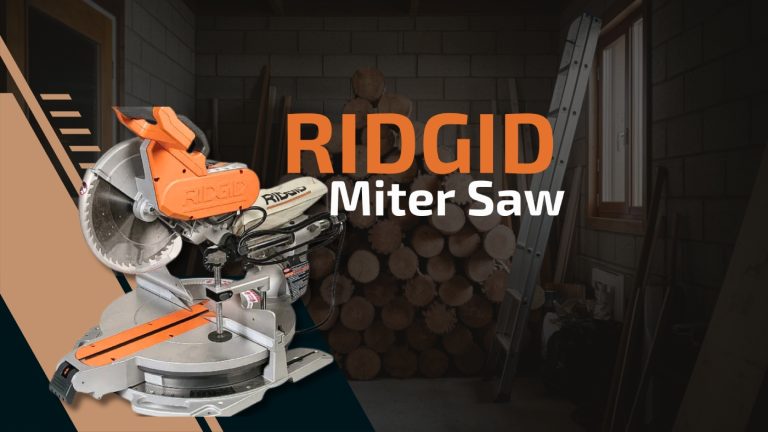Oregon vs Stihl Chain: Key Differences You Should Know
If you need a chain that stays sharper longer and handles tough hardwood, Stihl’s harder steel offers durability and faster aggressive cuts but requires more careful sharpening.
Oregon chains use softer steel, making them easier and quicker to sharpen, with smoother, safer cutting ideal for casual or lighter use.
Both feature anti-kickback designs; your choice depends on cutting demands and maintenance habits. Understanding these differences helps you optimize performance and safety for your specific needs.
- 2x chains designed for homeowners and landscapers: Set of 2 x 18 inch (45cm) pro-grade chainsaw…
- Fits these chainsaw models with an 18″ bar: Atlas 56937, Craftsman CMXGSAMCN4218, S185, ECHO CS310,…
- Also fits: Homelite ZR43100, Masterforce 2000094ME, Poulan PR4218, Remington RM1645, Ryobi RY3818,…
- 3/8-inch pitch
- 0.050-inch gauge
- Fits chainsaws with 20-Inch guide bar
Key Takeaways
- Stihl chains use harder steel for longer sharpness but require more precise, heavier sharpening compared to Oregon’s softer, easier-to-sharpen chains.
- Stihl offers faster, aggressive cutting with larger cutters and gullets, while Oregon provides smoother, safer cuts with longer teeth and reduced kickback risk.
- Oregon chains are generally more affordable and user-friendly, ideal for casual use, whereas Stihl chains cater to demanding, professional forestry tasks with higher durability.
- Both brands include safety features like anti-kickback designs, but Oregon’s longer rakers enhance safety, while Stihl offers varied chain types for different cutting needs.
- Stihl chains deliver better long-term value for heavy use due to durability and reduced maintenance, while Oregon chains suit users prioritizing ease of maintenance and safety.
Quick Comparison Table: Oregon vs Stihl Chains
| Feature | Oregon Chain | Stihl Chain |
|---|---|---|
| Steel Hardness | Softer steel, easier to sharpen | Harder steel, holds edge longer |
| Cutter Style | Mostly semi-chisel, smoother cut | Often full-chisel, aggressive cut |
| Cutting Speed | Steady, smoother cutting | Faster, more aggressive removal |
| Edge Retention | Dulls a bit faster | Stays sharper longer with heavy use |
| Sharpening Ease | Quick sharpening, fewer strokes | Requires precise filing, more effort |
| Kickback Reduction | Longer teeth with strong anti-kickback safety | Shorter teeth, larger gullets for speed control |
| Maintenance Needs | More frequent touch-ups | Less frequent but takes longer per sharpening |
| Durability in Harsh Wood | Better in abrasive or dirty wood | Built for clean, hardwood cutting |
Chain Hardness and Longevity Comparison
While both Oregon and Stihl chains serve the same fundamental purpose, their differences in hardness and longevity considerably impact performance and maintenance.
Stihl chains use higher-grade steel alloys, resulting in a harder cutter edge and smoother filing experience. This is thanks to precise manufacturing and pre-stretching processes that ensure uniform hardness and tension. This hardness translates into aggressive cutting but can cause full-chisel cutters to dull faster due to brittleness. Stihl chains are slightly harder than Oregon chains, which helps them stay sharp longer under typical use.
Stihl chains feature harder cutter edges for aggressive cutting but may dull faster due to brittleness.
Conversely, Oregon’s semi-chisel chains use slightly softer steel with a rougher finish, offering better wear resistance and longer edge life, especially in abrasive or dirty conditions. However, Oregon chains lack pre-stretching, requiring more frequent tension adjustments.
Cutting Efficiency and Performance Differences
Because cutting efficiency directly impacts both productivity and user experience, understanding the performance differences between Oregon and Stihl chains is essential for selecting the right chain for your needs.
Stihl chains typically cut faster due to larger cutter surface area and wider gauge, producing bigger chips and aggressive material removal, especially in hardwoods.
In contrast, Oregon chains, like the Speed Cut Nano, offer smoother, lower-vibration cutting with smaller chips, enhancing control and reducing operator fatigue.
While Stihl edges out in outright speed, Oregon chains maintain consistent efficiency over longer cuts and tolerate abrasive conditions better.
Additionally, Oregon chains generally retain sharpness longer between sharpenings, contributing to steadier performance.
Your choice will hinge on whether you prioritize maximum cutting speed or smoother operation with extended durability.
For optimal performance, regularly maintaining chain sharpness with a proper circular saw blade sharpener is highly recommended.
Safety Features and Chain Design Variations
You need to understand how anti-kickback mechanisms differ between Oregon and Stihl chains to guarantee safer operation. Pay close attention to tooth length variations, as they influence cutting behavior and kickback resistance.
Also, knowing the trade-offs between full chisel and semi-chisel designs will help you select the right chain for your safety and performance needs. Chains with built-in safety features like dual rakers that meet ANSI standards are essential for reducing the risk of kickback injury.
Additionally, integrating a riving knife system can further enhance safety by reducing the risk of kickback during cutting operations.
Anti-Kickback Mechanisms
An effective anti-kickback mechanism is critical for chainsaw safety, as kickback occurs when the chain’s upper guide bar tip strikes an object, causing a rapid and dangerous rotational motion toward the operator.
Both Oregon and Stihl integrate safety features like chain brakes and specially designed guide bars to reduce injury risk. Additionally, the design and engineering of the chain drive system influence overall safety and performance, similar to how belt drive systems in table saws provide enhanced control and reduced kickback.
Stihl’s chains vary from high-speed “yellow” super chisel chains with fewer rakers to safer “green” mild chisel chains, balancing speed and control. Oregon chains emphasize longer tooth design and rakers to lower kickback potential.
It is important to note that some chains, such as Husqvarna’s, include additional safety features like extra humps on the links to further reduce kickback risk, distinguishing them from others like Carlton chains which lack these features (safety chains).
You should value these anti-kickback aspects:
- Instant chain braking to stop dangerous rotation immediately
- Raker design controlling wood displacement and cutting aggressiveness
- Compliance with ANSI standards ensuring tested safety mechanisms
Tooth Length Differences
While Oregon chains typically feature slightly longer teeth compared to Stihl’s shorter cutter teeth, this difference considerably impacts cutting performance and safety profiles.
Oregon’s longer teeth balance cutting aggressiveness with integrated anti-kickback features, enhancing safety. In contrast, Stihl’s shorter teeth paired with larger gullets improve chip clearing and cutting speed but require harder steel for durability.
Additionally, Stihl chains are designed to fit specific chain gauges and pitches, which ensures optimal compatibility and performance with their chainsaw models.
| Feature | Oregon Chain | Stihl Chain |
|---|---|---|
| Tooth Length | Slightly longer teeth | Shorter cutter teeth |
| Gullet Size | Smaller gullets, safer feed | Larger gullets, faster chip clearing |
| Safety Design | Anti-kickback integrated | Harder steel, smoother cuts |
You’ll notice these design differences tailor each brand’s chain for specific cutting efficiency and safety demands.
Full vs Semi-Chisel
Differences in tooth length and gullet size set the stage for understanding how full chisel and semi-chisel chain designs affect cutting performance and safety. Full chisel chains feature squared-off cutters for aggressive, fast cutting but demand cleaner wood and frequent sharpening.
Oregon LGX chain is an example of a semi-skip chain, noted for speed and efficiency. Applying the appropriate lubricant can help maintain cutting performance and extend chain life.
Semi-chisel chains have rounded cutters, offering slower cutting with enhanced durability and safety, especially in dirty or frozen conditions.
When choosing between them, consider:
- Your work environment—full chisel excels in clean, professional settings; semi-chisel suits mixed or harsh conditions.
- Safety priorities—semi-chisel chains reduce kickback risk via rounded edges and aggressive anti-kickback features.
- Maintenance capabilities—full chisel requires precise sharpening; semi-chisel tolerates intermediate dulling with safer, consistent performance.
Selecting the right chain balances cutting speed, safety, and ease of maintenance tailored to your needs.
Sharpening Techniques and Maintenance Needs
Because Stihl chains use harder steel, you’ll need to apply more pressure and perform additional filing strokes to sharpen them effectively, paying close attention to precise filing angles guided by witness marks.
This precision is critical to maintain the chain’s cutting efficiency and avoid accelerating edge wear. Hardness affects the ease of sharpening and durability, making proper technique essential for Stihl chains. Consistent maintenance helps prevent issues such as dull or damaged blades that can impair cutting performance.
In contrast, Oregon chains, made from softer steel, allow quicker sharpening with lighter pressure and fewer strokes, making them ideal for rapid touch-ups. However, their edges dull faster, requiring more frequent maintenance.
You must also adapt your technique to each chain’s design: Stihl’s larger gullets and shorter teeth differ from Oregon’s longer teeth and anti-kickback features, affecting filing angles and tool selection. Proper, consistent sharpening preserves performance and prolongs chain life regardless of brand.
User Preferences and Best Application Scenarios
If you prioritize edge retention and toughness for demanding forestry tasks, you’ll likely favor Stihl chains due to their hardness and durability under heavy use. Their robust construction suits heavy timber cutting, maintaining sharpness longer despite requiring more effort to sharpen.
This is because Stihl chains benefit from superior heat treatment quality, which enhances their ability to resist wear and retain sharpness.
Conversely, if you value ease of maintenance and safety features like anti-kickback, Oregon chains are a better fit. Their softer steel allows quicker, lighter sharpening and finer control, ideal for less intensive or frequent use.
Oregon chains offer easier sharpening and enhanced safety for lighter, less frequent cutting tasks.
Oregon chains also tend to cut faster and offer versatility across multiple saw brands, whereas Stihl chains often align with brand loyalty and specific Stihl saw compatibility.
Frequently Asked Questions
Are Oregon and Stihl Chains Compatible With Each Other’s Saw Bars?
You can use Oregon chains on Stihl bars and vice versa, as long as you match key specs like pitch, gauge, and drive link count precisely.
Both brands commonly share .325″ and 3/8″ pitches and similar gauges (.050″, .063″). Ensuring these dimensions align prevents mechanical issues and maintains safe operation.
Always verify your saw’s requirements before swapping chains, and adjust maintenance practices accordingly to optimize performance and reduce wear.
Do Either Oregon or Stihl Chains Require Special Lubrication Products?
You do need to use special bar and chain oil for both Oregon and Stihl chains. These oils have high tackiness to adhere well, reducing fling-off and preventing sap or resin build-up.
Avoid standard motor oils, as they lack proper lubrication properties.
Always refill the oil reservoir when refueling to maintain effective lubrication, prevent overheating, and extend chain and bar life.
Stick to manufacturer-recommended oils or equivalents for best performance.
How Do Weather Conditions Affect Oregon Versus Stihl Chain Performance?
You’ll find cold weather stiffens chains, reducing flexibility and increasing break risk.
Frozen wood raises cutting resistance, slowing cuts, especially for softer wood chains.
Wet or sap-filled wood adds friction, wearing chains faster.
Dirt embedded in wood accelerates cutter damage.
Lubrication viscosity shifts in extreme temperatures affect flow and chain smoothness.
Both chains need vigilant oil quality checks and tension adjustments to maintain performance amid weather variations.
Can I Use Oregon or Stihl Chains for Cutting Materials Other Than Wood?
Think of your chainsaw chain as a scalpel designed for wood surgery—it’s precise but not suited for other tissues. You shouldn’t use Oregon or Stihl chains on materials like metal or plastic, as they’ll wear rapidly and may get damaged.
These chains have tooth geometry optimized for wood, so cutting non-wood materials reduces lifespan and safety. For abrasive or hard materials, choose carbide-tipped or specialized chains instead.
What Environmental Impact Differences Exist Between Oregon and Stihl Chain Manufacturing?
You’ll find that Stihl’s use of carbide in their Duro chains generally demands more energy and resource-intensive mining compared to Oregon’s standard steel.
Oregon chains may use slightly more material per unit due to anti-kickback designs.
Both rely on steel, which carries significant environmental costs from mining and smelting.
Stihl’s carbide chains also need specialized sharpening, increasing maintenance energy.
However, detailed lifecycle or carbon footprint comparisons aren’t publicly available.
Make the Smart Choice Between Oregon and Stihl Chains
When choosing between Oregon and Stihl chains, you’re basically picking the difference between a precision scalpel and a samurai sword for your saw. Oregon’s chains offer unmatched durability and smooth cutting, while Stihl delivers razor-sharp performance with superior safety features.
Both demand proper maintenance, but your choice hinges on whether you want relentless longevity or cutting-edge efficiency. Either way, you’ll wield a powerhouse—just don’t blame me if your trees start trembling.
- 𝗩𝗘𝗥𝗜𝗙𝗬 𝗙𝗜𝗧: This saw chain is for chainsaw models that run 3/8″…
- 𝗙𝗜𝗧𝗦 𝗧𝗛𝗘𝗦𝗘 𝗖𝗛𝗔𝗜𝗡𝗦𝗔𝗪 𝗠𝗢𝗗𝗘𝗟𝗦:…
- 𝗥𝗘𝗣𝗟𝗔𝗖𝗘𝗠𝗘𝗡𝗧 𝗙𝗢𝗥: Stihl 33RS372E / Husqvarna 591119472,…
- (1) Genuine STIHL 26RS 68 18″ chain
- Comes in original box and is factory sealed
Last update on 2025-12-23 / Affiliate links / Images from Amazon Product Advertising API






